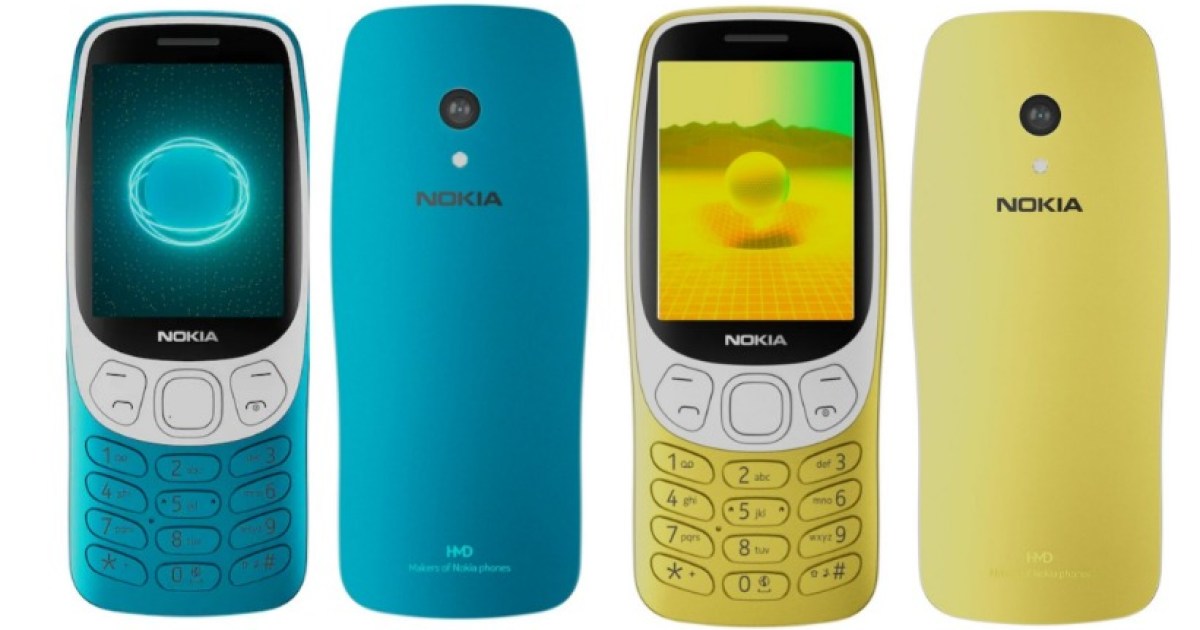In the world of science, there are many unanswered questions, hypotheses to be tested, and theories to be proven throughout human history to explain the universe around us.
Although we are now surrounded by innovative technologies and great advances have been made in science, we still have a lot to discover.
In this note you will learn about a discovery that will revolutionize the world of physics because it is an enigmatic crystal that was hypothesized 90 years ago and finally revealed by a team of scientists.
There was this amazing crystal discovery Published Recently, in the journal Science NatureBy a group of American and Japanese experts, mainly from Princeton UniversityThey claim to have observed for the first time the enigmatic Wigner crystal, a solid state of subatomic electrons.
Electrons, in general, orbit their nucleus due to the attraction created by the protons that make it up. If there were no protons, the electrons would move as far away from each other as possible.
In 1934, the physical mathematician Eugene Wigner developed a theory that states that electrons in a uniform, passive and neutral background stop repelling each other and form a solid, highly compact and regular crystal lattice without a nucleus at very low density and temperature.
Although this theory took many years to be verified, Wigner crystals, spontaneously formed classical or quantum Wigner crystals, have not been directly visualized to date, despite studies showing evidence of symmetry identity or fusion of these structures. , it was indeed proved.

«Visualizing this crystal allows us to observe its formation and confirm many of its properties, but also to study it in ways that could not be done in the past.said Al Yastani, a physicist at Princeton University liberation from the same university.
In the study, the scientists used high-resolution scanning tunneling microscopy measurements to directly image electron Wigner crystallinity induced at low temperatures by a vertical magnetic field in defect-free graphene sheets.
«Through our microscope we can confirm that the samples do not show any nuclear defects in the graphene atomic network or foreign atoms on its surface in regions with hundreds of thousands of atoms.“, noted physicist Yastani.
In the article, the maximum intensity of the magnetic field is specified as 13.95 Tesla and the minimum temperature is 210 millikelvin, in order to study the structural properties as a function of electron density, magnetic field and temperature.
Electrons are arranged arbitrarily to form a Wigner crystal, and even if they try to repel each other, they cannot be far apart due to the low density, which helps form an ordered, compact triangular network and crystal.
“They want to move away from each other, but meanwhile, due to the finite density, the electrons cannot be separated infinitely. As a result, they form a tightly packed, ordered lattice structure, with each localized electron occupying a specific amount of space.” noted Minhao He, co-author of the paper.
Scientists have also observed that the crystal lattice of electrons coalesces into an isotropic liquid phase as the density or temperature increases.
What intrigued the scientists was that the electron crystal remained stable for much longer than estimated, in contrast to theories that state that the density range must be very small when the density changes to a very large extent.
On the other hand, the individual analysis of the network allowed us to demonstrate the zero-point movement of the electrons, which was captured by blurring the images at the time of capture of the Wigner crystal.
The stable formation of this crystalline network of electrons opens up a new field of research for quantum physics and is proof that old theories can be tested.
Share science, share knowledge.




:quality(85)/cloudfront-us-east-1.images.arcpublishing.com/infobae/GLHO2KZ3BBGWHGT72ZRTHEAHQ4.jpg)
:quality(85)/cloudfront-us-east-1.images.arcpublishing.com/infobae/LBIVO7473VDJVIOHOP577YLWDU.jpg)